Let’s be honest. While the automotive world often obsessively spotlights horsepower, torque, and tech-laden dashboards, the small stuff—the quiet conveniences—often determine how a car actually feels.
One underrated feature that truly separates an “eh” ride from a “man, this is comfy” one is the headrest. And before you scoff—yes, that block of cushion behind your head matters more than you think.
Have you ever tried adjusting your headrest just a tad—maybe to avoid neck strain on a long drive—only to find yourself fighting a clunky, stiff mechanism that clicks loudly and resists every inch of movement?
You’re not alone. It’s not just about comfort; it’s about ergonomics, long-distance driving posture, and a sense of fluid luxury. Sedans, the bread-and-butter of practical yet stylish driving, either get this right—or fail spectacularly.
In this blog, we dive into 5 sedans that absolutely nail headrest adjustment—from intuitive sliders to silent locks. And we’ll contrast them with 5 that make you wish you just left it alone because of stiff clips and frustrating mechanics.
As someone who practically lives behind the wheel, I obsess over these details so you don’t have to. So whether you’re a road tripper, commuter, or just a sucker for clean design, buckle up—your neck will thank you later.
5 Sedans Whose Headrests Adjust Seamlessly
These sedans do more than deliver performance and style—they elevate the art of small luxuries. Headrests in these models glide up and down or tilt forward and back like butter.
Whether you’re tall, short, or somewhere in between, you’ll appreciate just how easy it is to fine-tune your comfort without a wrestling match. These vehicles prove that when manufacturers focus on the details, the whole experience gets better.
ALSO READ: 5 Pickups with Best Performance-Tire Availability and 5 Rare Sizes
1. Audi A6
The Audi A6 doesn’t just drive smoothly—it feels smooth, right down to its interior appointments. This sedan combines German engineering with an obsessive attention to detail, and nowhere is that more evident than in its ergonomically designed headrests. Unlike budget-conscious models where plastic clips scream resistance, the A6’s headrests glide effortlessly, adjusting both in height and tilt with one hand.
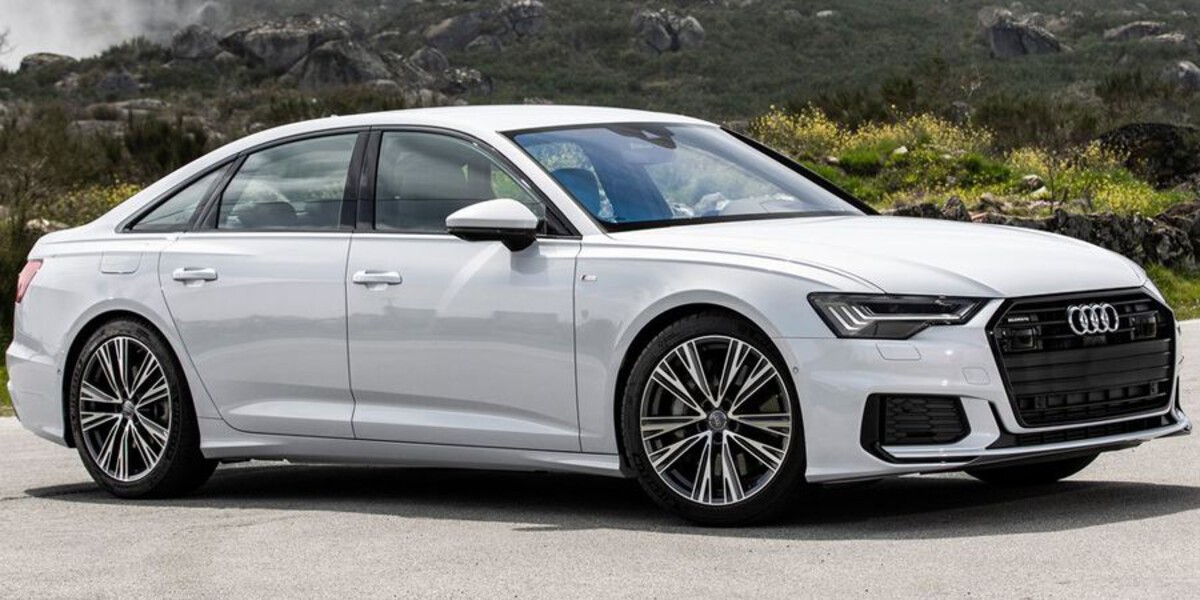
You’ll find no jerky, mechanical clicks here—Audi uses a spring-loaded ratcheting system that clicks quietly and securely into place. The materials are equally impressive. The padding molds gently to your head without being squishy, and the leather wrapping adds an unmistakable touch of elegance.
What really puts the A6 ahead of the pack is its multi-directional adjustability, a feature many sedans at this price point don’t even consider. During long drives, this kind of flexibility isn’t just comfortable—it’s therapeutic. With the added benefit of driver memory presets, you won’t even have to reset your favorite position every time.
Audi has clearly done its homework on ergonomics, and in a world where most drivers barely touch their headrests, this car encourages you to interact with every inch of the cabin. It’s a headrest done right—and when something so small is this good, it elevates the entire ride.
2. Lexus ES 350
In the Lexus ES 350, everything whispers refinement—including its seamlessly adjustable headrests. This is a car designed to float over asphalt, and that same gliding sensation extends to its interior mechanisms. The headrests here don’t just move—they glide with hushed elegance, providing precise positioning with minimal effort.
What sets the ES 350 apart is its use of hydraulic-feel resistance in the adjustment mechanism. You won’t find the annoying, plasticky stiffness that plagues lesser sedans. Instead, Lexus incorporates a dampened ratchet system that feels more like an aircraft seat than a car part.
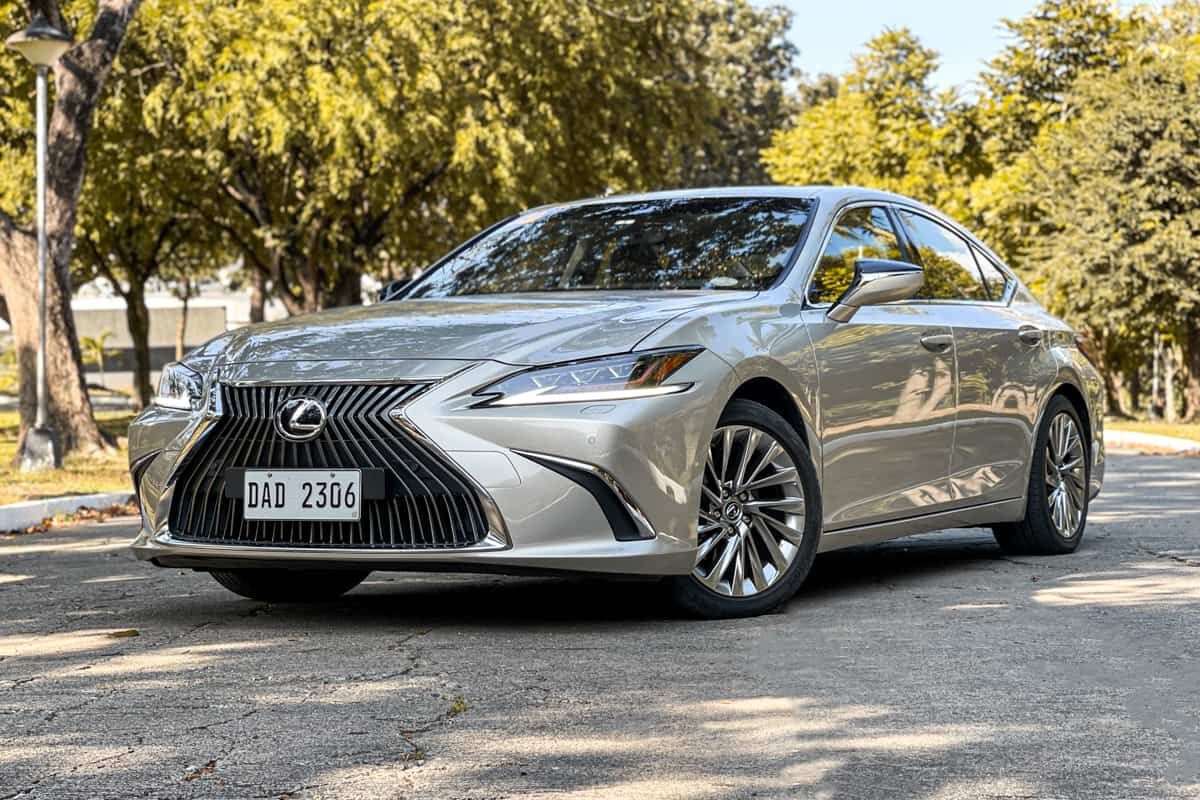
Height adjustability is smooth and secure, but the real win is its tilt functionality. It allows the driver or passenger to fine-tune the headrest angle for the ideal balance between neck support and visibility. The ES 350’s engineers clearly anticipated long-distance comfort—this is the kind of headrest that eliminates pressure points over time.
Wrapped in semi-aniline leather and finished with elegant stitching, even the tactile feel of the headrest is a reminder that this sedan is built for comfort-focused luxury seekers. Every adjustment feels intentional—never accidental.
The ES 350 delivers the sort of mature, pampering ride experience where everything matters. And if a sedan can make you smile by the way it supports your head, then Lexus has done something right.
3. BMW 5 Series
BMW’s 5 Series has always championed the “driver’s car” title, and true to Bavarian standards, its ergonomic execution extends beyond just steering and throttle response. The headrests in this executive sedan are crafted with both sport and comfort in mind—and they deliver impressively on both fronts.
For starters, the adjustment mechanisms feel tightly engineered, offering just the right amount of resistance—not too loose to be sloppy, not too stiff to be frustrating. You hear a solid but discreet “click” with every notch, giving you feedback without noise pollution. There’s also a fine vertical adjustability range that caters to a wide spectrum of body types.

What really pushes it into seamless territory is the horizontal tilt feature, which provides extra neck support during long commutes or high-speed autobahn-style cruising. This is particularly valuable in a car that invites spirited driving—you stay secure and aligned with the seat no matter how aggressively you corner.
Combine that with BMW’s supple Dakota or optional Nappa leather, and the headrest itself becomes more than an accessory—it’s an essential part of the seating philosophy.
BMW doesn’t let anything slide when it comes to tactile satisfaction. Whether you’re dialing in your lumbar support or tweaking the headrest angle, every adjustment feels premium and purpose-built. In the 5 Series, even your head gets to enjoy The Ultimate Driving Machine.
4. Genesis G80
Genesis is the disruptor luxury brand that keeps punching above its weight, and the G80 proves that comfort innovation doesn’t always have to come from Germany or Japan. The headrest adjustment in the G80 is a revelation, especially for those used to the “click-and-curse” routine of mainstream sedans.
What’s immediately noticeable is the buttery smooth vertical travel, assisted by internal ball-bearing guides. With no tugging, forcing, or plastic creaking, you can move the headrest with one hand—up, down, or angled forward—all while seated.
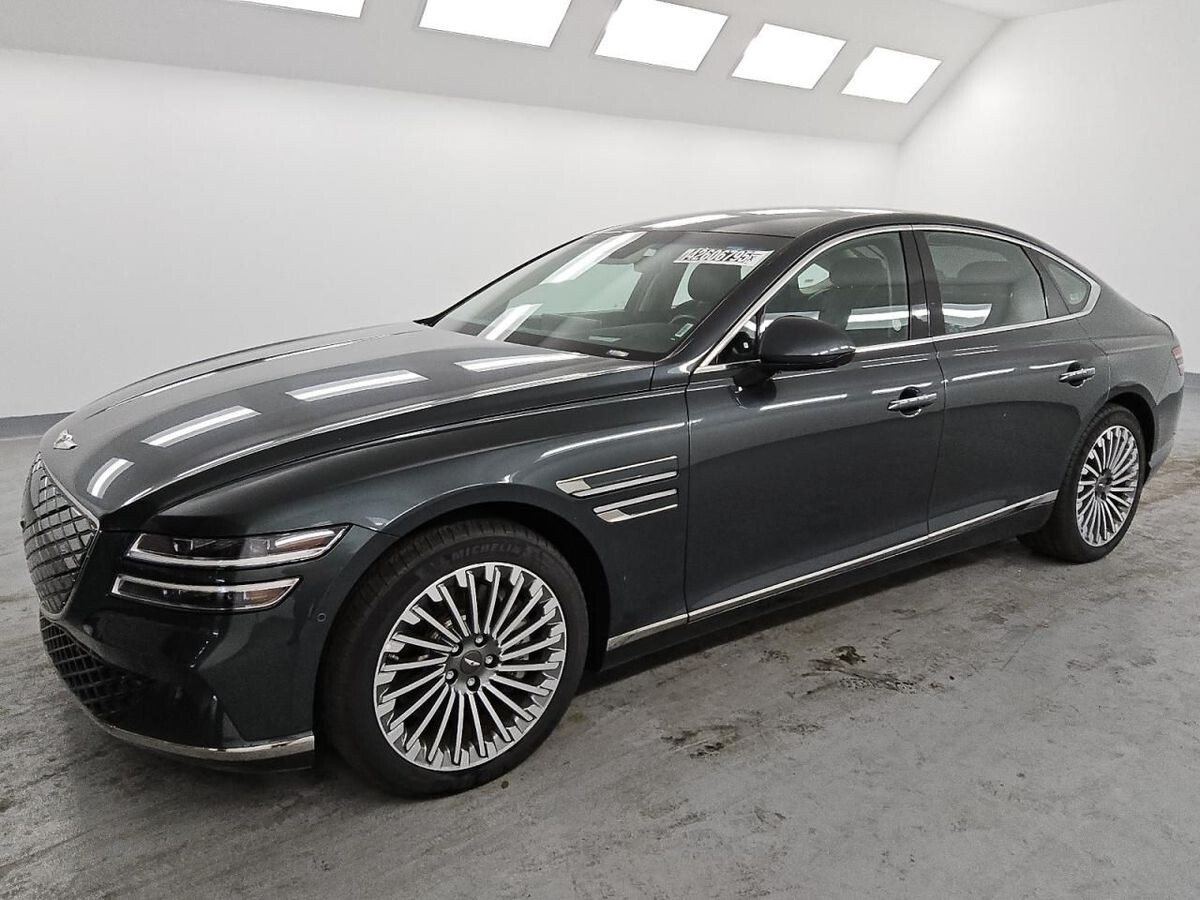
Genesis also includes electrically adjustable headrests in higher trims, a feature typically reserved for flagship sedans. With the touch of a button, the headrest glides into the ideal position, complementing the seat memory system. On a long drive, this level of convenience adds up quickly.
The G80 uses premium microfiber padding wrapped in soft-touch leatherette or Nappa leather. The padding doesn’t deform easily, meaning it stays supportive even after hours on the road.
There’s an overarching sense that Genesis designed the entire seat experience with human anatomy in mind. It’s not just about cradling your head—it’s about reducing fatigue, improving posture, and making comfort feel effortless. For a relatively young luxury brand, Genesis is rewriting the rulebook on what small features should feel like.
5. Volvo S90
Volvo has always approached safety and comfort with a designer’s sensibility, and in the S90, it shows down to the smallest adjustable part—the headrest. Where many sedans offer rigid, cheap-feeling components, the S90 delivers a headrest that feels sculpted for your wellbeing.
Volvo engineers infused the headrest mechanism with a multi-pivot design that allows not only height changes but slight curvature alignment. This means your head isn’t just supported—it’s cradled in an angle that reduces tension across the shoulders and upper back. Even after hours of driving, there’s no need to shift around to find relief constantly.
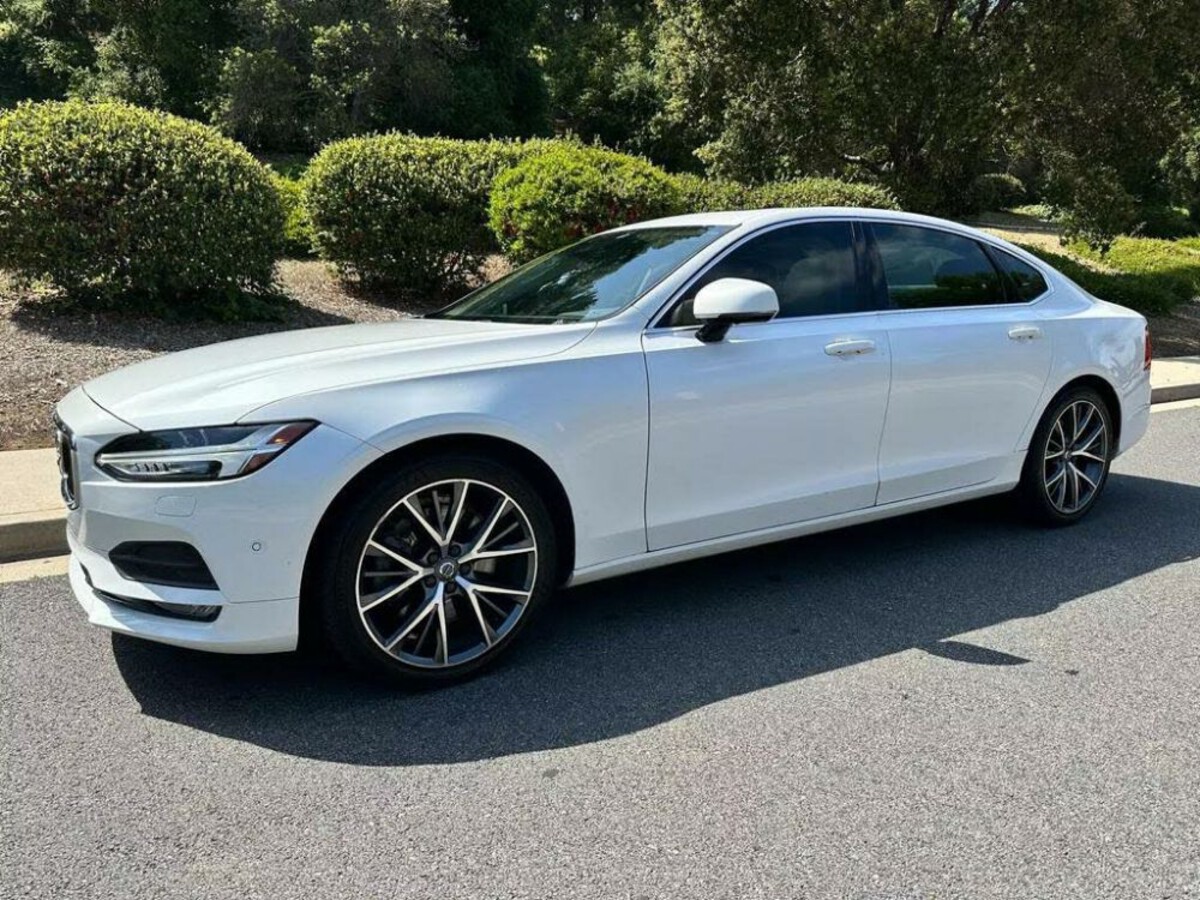
What makes it even better is the near-silent actuation. Adjustments are fluid, quiet, and even gentle—a reflection of the calming, minimalist cabin design that the S90 is known for. And thanks to its extra-wide headrests with integrated side bolsters, you don’t have to worry about your head slipping sideways during sudden stops.
Whether you opt for standard seats or the optional ventilated contour seats, the headrest construction remains top-tier. In true Scandinavian fashion, form meets function—and your neck is the beneficiary.
The S90 doesn’t try to be flashy—it simply works flawlessly where it counts. Volvo proves once again that true luxury lies in intuitive simplicity.
5 Sedans With Stiff Clips and Frustrating Adjustments
Not every sedan gets the basics right. These models look good from the outside but drop the ball when it comes to headrest usability. From clunky levers to jam-prone ratchets, these cars make adjusting your seat’s topmost part feel like a chore. While they may shine in performance or pricing, their ergonomic missteps are a daily annoyance, especially if you’re sharing your ride with drivers of different heights.
ALSO READ: 5 SUVs with Lowest Repair‑Shop Wait Times and 5 with Long Queues
6. Toyota Camry (Base Models) – Reliable But Rigid
The Toyota Camry has earned its reputation for being one of the most dependable sedans on the road, but not every feature lives up to its reputation. Specifically, in the base and mid trims, the headrest mechanism can feel like it belongs in a 2000s rental car rather than a modern best-seller.
The vertical adjustment clicks into place with noticeable stiffness, and while it’s functional, it lacks grace. You have to apply uneven pressure and often both hands just to slide the headrest into position, especially if you’re making adjustments while seated. If your passengers are older or less strong, it’s even worse.

There’s also no tilt feature in most trims, which means you’re stuck with a straight-up position unless you slouch or overcompensate by tilting the seatback. While Toyota nails the basics in reliability, they clearly cut corners in interior ergonomics, at least in the entry-level trims.
Even worse, the material around the post tends to creak and shift slightly over time, which doesn’t exactly inspire confidence. It’s not a total deal-breaker, but for people who value comfort customization, it’s a sore point.
The higher trims (XSE and XLE) do offer improved headrests, but it’s frustrating that such a simple comfort feature is neglected in the most common versions. In a sedan that excels everywhere else, the clunky headrest feels out of place.
7. Honda Civic (Older Gens)
The Civic has long been the poster child for sporty practicality, especially in its older generations (pre-2022). But if you’ve ever adjusted the headrest in a 2016–2020 Civic, you already know—it’s stubbornly stiff and not very forgiving.
First, let’s talk about the awkward clip system. You have to press down with considerable force while simultaneously trying to lift or lower the headrest. It’s a two-handed task that feels like cracking a code rather than adjusting a comfort feature. And since there’s no lateral or tilt flexibility, you’re locked into whatever angle the seat frame allows.
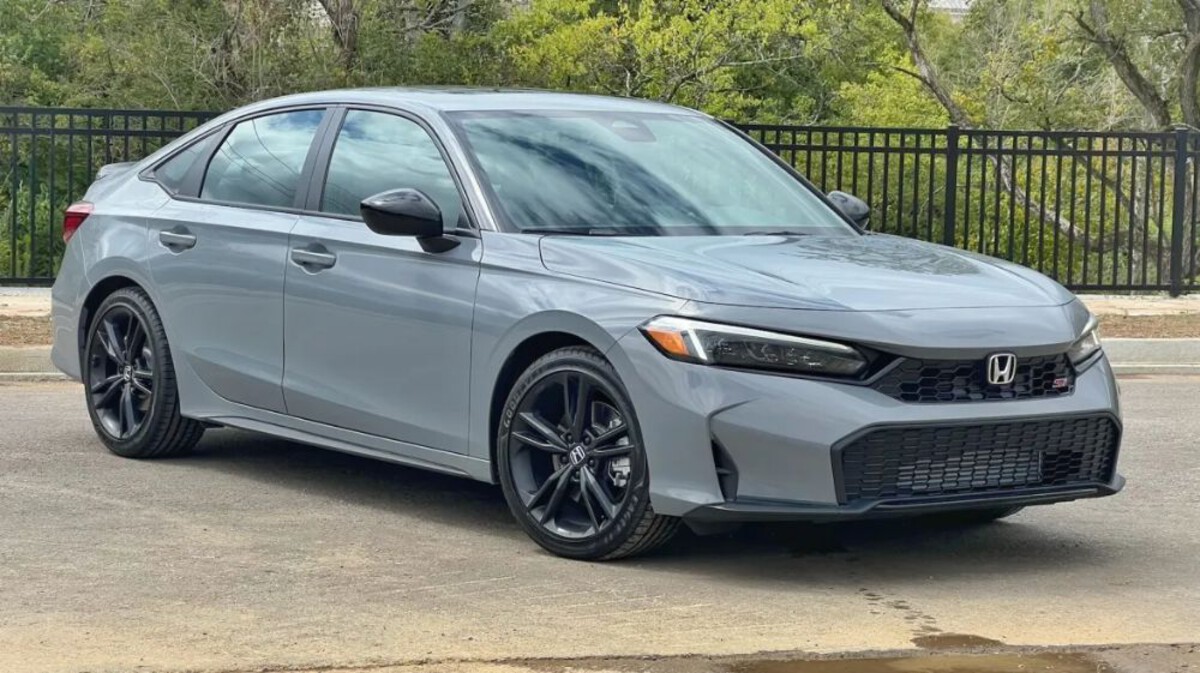
This lack of adjustability is especially frustrating because the Civic is often marketed toward younger, tech-savvy drivers who care about long-haul usability. While the seat contours are fairly supportive, the headrest setup undermines the ergonomic equation. You’ll either have to live with a neck strain on long drives or tilt your seat further than you’d like just to feel supported.
Material-wise, the older Civic trims don’t help much—the padding is firm, almost blocky, and doesn’t yield to different head shapes or positions. You end up feeling like your head is resting against a padded ruler.
The new Civic has made some improvements, but older models remain a reminder that performance isn’t everything. If you’re shopping used, this is a small yet significant discomfort you shouldn’t overlook.
8. Chevrolet Malibu
The Chevrolet Malibu tries hard to balance mainstream appeal with upscale design—but when it comes to the headrest, it falls flat in execution. In nearly every trim level, from the LS to the Premier, the headrest adjustment is a sore point that clashes with the Malibu’s otherwise decent interior.
The mechanism feels jerky and sticky, almost like it’s resisting your command. When you try to raise or lower it, you’ll hear a harsh click, followed by an uneven slide. The worst part? Sometimes the headrest doesn’t lock properly in the first go, leaving it loose or even crooked until you slam it into place again.
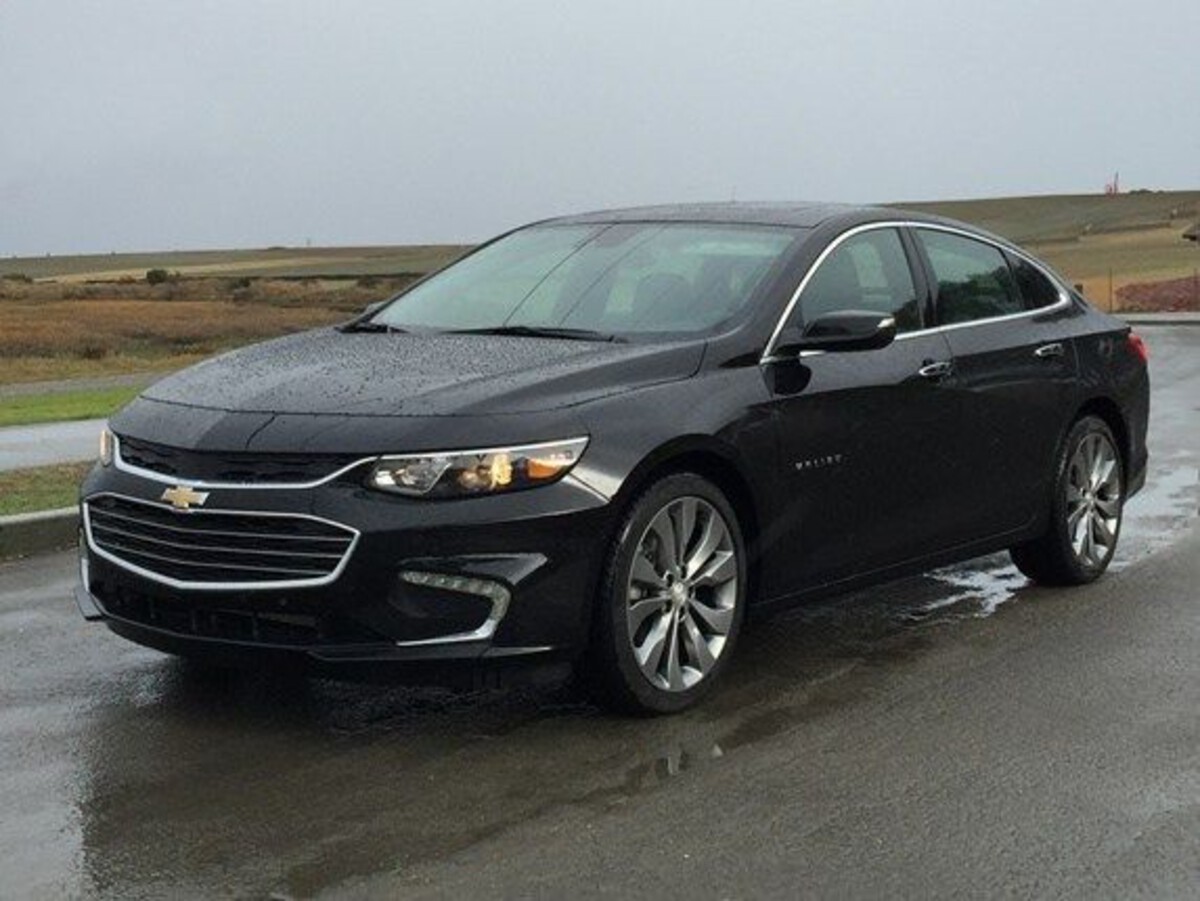
There’s no tilt or angling option, which might be fine for shorter trips but becomes unbearable for long commutes or highway hauls. Tall drivers in particular have voiced complaints about not being able to set the headrest far enough back, forcing their necks into an uncomfortable forward angle.
The padding itself is another letdown. It’s firm to the point of feeling plasticky, with very little give. For a car that boasts about premium feel and comfort in its marketing, this component feels like an afterthought—or worse, a leftover from an outdated parts bin.
If you’re the kind of driver who tweaks their seat and headrest frequently, the Malibu will have you muttering curses under your breath. For daily drivers, it’s these little frustrations that make a car feel cheap over time.
9. Nissan Altima
The Nissan Altima has made strides in tech and styling in recent years, but some old sins still linger—chief among them: a clunky, non-cooperative headrest system that sticks out in an otherwise balanced cabin.
From the 2017 model onward, the headrest design in most trims uses a rigid locking clip system that is hard to manipulate on the go. You’ll often find yourself pulling hard with both hands, trying to coax the headrest into a new position. It doesn’t glide—it jerks and jumps, and sometimes requires readjustment multiple times just to sit evenly.
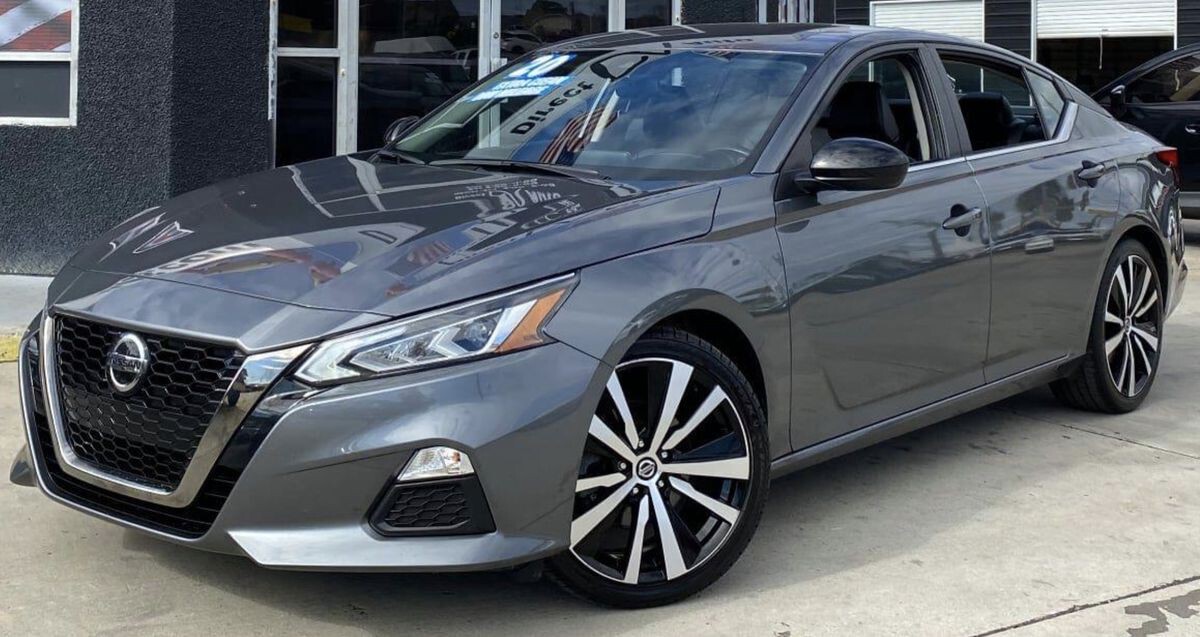
There’s also the issue of limited height stops, which restricts flexibility for taller or shorter drivers. Unlike the higher-end Maxima, which offers better comfort details, the Altima’s system feels outdated and under-designed.
Padding is another mixed bag—it’s neither plush nor structured, instead coming off as overly dense foam that doesn’t support your neck for long-haul trips. And since there’s no tilt feature or memory function, you’re out of luck if you want a custom-feel setup.
While the Altima shines in areas like ride quality and gas mileage, comfort features like the headrest adjustment feel like the weak link in the chain. Nissan has proven they can do better—it’s just a shame those improvements haven’t made it to the Altima yet.
10. Hyundai Elantra
The Hyundai Elantra has undergone a design renaissance—its sharp, edgy look has turned heads. But once you’re inside and start fiddling with the headrest, the shine wears off. In many recent models, the adjustment system is stiff, awkward, and not intuitive.
The vertical motion is controlled by a low-grade ratchet mechanism that resists change, especially after some wear. Push too softly, and nothing moves. Push too hard, and it jerks up two notches. The clips feel like they were designed with durability in mind, not usability, and that’s the problem. They’re too tough.
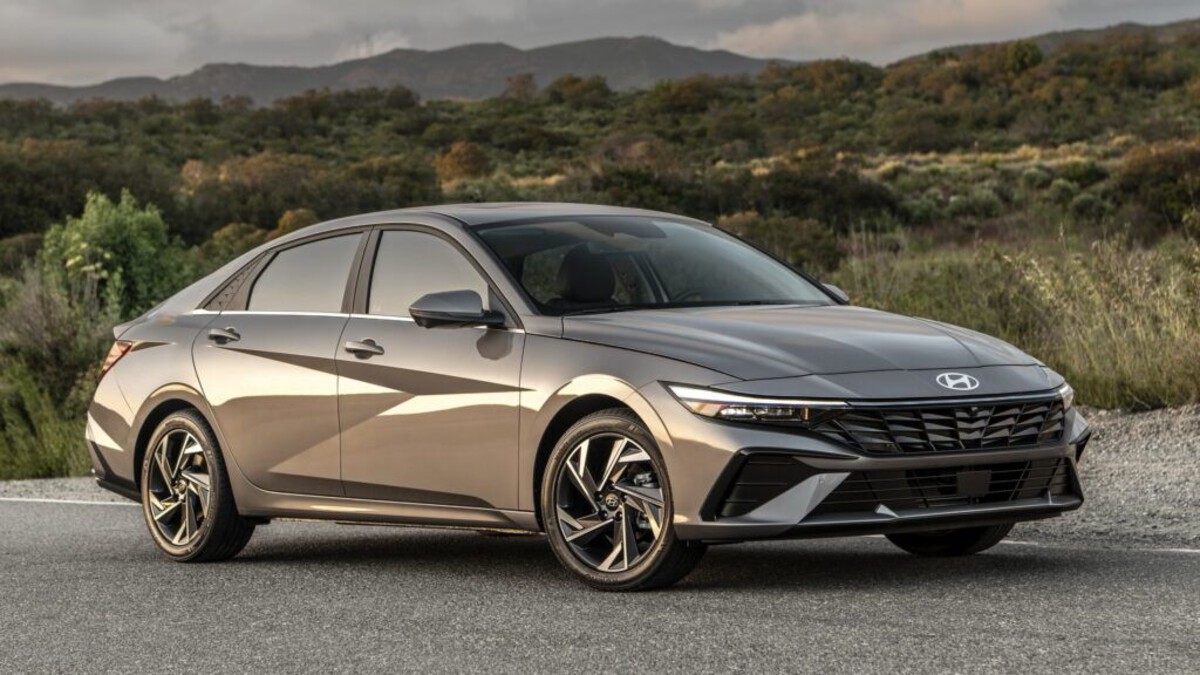
Another issue is the lack of micro-adjustments. You get only a handful of positions to choose from, which means if the optimal spot is somewhere in between, you’re out of luck. The absence of a tilt function makes things worse, especially for backseat passengers who may want to recline without craning their necks.
Comfort-wise, the padding is average at best. The headrest holds shape but lacks contour, offering minimal support beyond just keeping your head upright. It’s the kind of thing you’ll notice only after a long drive, when your neck starts to ache.
Given how well Hyundai has delivered on styling, infotainment, and fuel efficiency, it’s strange to see such a basic comfort feature get overlooked. If the Elantra hopes to compete with true comfort leaders, it’s going to need to stop treating the headrest like an afterthought.
When you think about comfort in a car, your mind might jump to heated seats, lumbar support, or ambient lighting. But as we’ve explored, headrest adjustability is a silent yet significant factor in the overall driving experience. A well-designed, fluid-moving headrest not only improves posture and reduces neck fatigue, but it also reflects how deeply a manufacturer understands human-centric design.
Sedans like the Audi A6, Lexus ES 350, and Volvo S90 prove that luxury isn’t just about gadgets—it’s about how seamlessly the everyday things function. When you can adjust your headrest without a struggle, it speaks volumes about quality and intention.
On the other end, vehicles like the Toyota Camry base trim or Nissan Altima might win you over with affordability or performance, but they miss the mark on user experience where it counts.
As drivers, we interact with our headrests every single mile, sometimes without even realizing it. So the next time you’re test-driving a sedan, take a second to reach up and adjust that headrest. If it fights back, maybe that’s not the car for you. Because in the long run, the little things aren’t so little after all.

